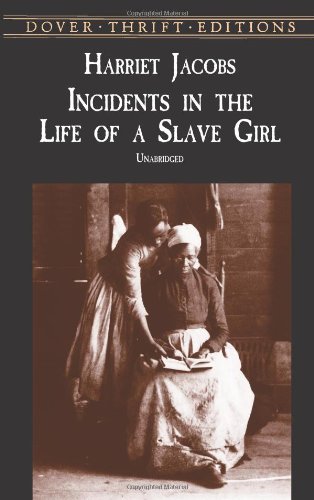The two texts that I chose are texts that I will be using in my last unit of the year in my 8th grade Social Studies classes. I wanted to begin thinking about how I will support all of my students with these texts, because they are novels. Both texts revolve around the slave era in America. Both texts follow the form of a narrative because the Non-Fiction novel is an autobiography written by a former slave named Harriet Jacobs. Crow tells the story of post-Civil War America told through the eyes of young boy. Both stories allow students to understand the divided world that was the United States during the Civil War, and how the Reconstruction time period did not allow for equality for the newly freed slaves. These texts will allow all students to understand history through stories that follow a plot diagram. Through the use of dialogue and imagery students of all levels are able to develop a story in their own mind. Below you will see features that allow for ease of ELL students, as well as challenges ELL students may face while reading these texts.
Text Title:
|
Non-Fiction:
Incidents in the Life of a Slave Girl by Harriet Jacobs
|
Fiction:
Crow by Barbara Wright
|
Grade Level:
|
RL: 5.9
Lexile Level: 810
Grades: 7-12
|
RL: 4.6
Lexile Level: 800
Grades: 4-8
|
Genre Text Features:
|
Autobiography with: setting, characters, plot, problem, solution, events, conflict, resolution, dialogue.
Each chapter is one event in the author’s life.
Story follows a timeline in order of the author’s life.
Characters are fully developed with good imagery for students to be able to create their own ideas of who the characters are.
|
Narrative with: setting, characters, plot, problem, solution, events, conflict, resolution, dialogue.
Characters are fully developed with good imagery for students to be able to create their own ideas of who the characters are.
|
Features that Help ELL Students:
|
Each chapter is one event in the author’s life.
Story told in the form of a narrative.
Story can be read aloud and taken on by students to act out scenes and events of the story.
|
Sentence structure is short and simple.
Language is familiar and academic.
Tells the story of a young boy who is facing prejudice which students may be able to relate to.
|
Features that Challenge ELL Students
|
Author’s slang terms/non-academic language could be confusing for ELL students who do not use the language or may not be familiar with the slang.
No images except on the cover.
Time period is not familiar and may not have background information.
|
Story starts in the middle of the story which could cause confusion.
No images except on the cover.
Time period is not familiar and may not have background information.
|



No comments:
Post a Comment